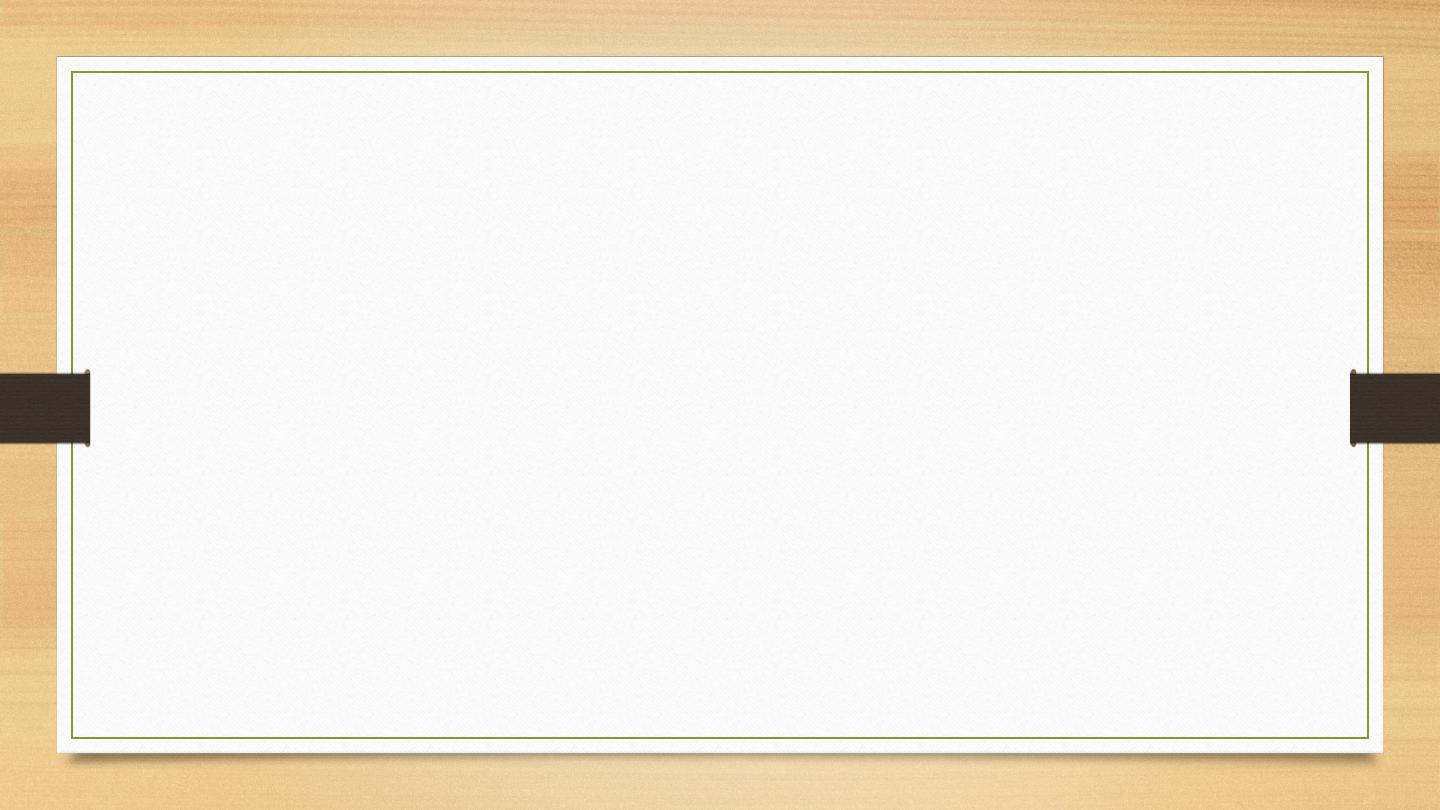
Osteoporosis

Osteoporosis happens when bone density decreases and the body stops producing
as much bone as it did before.
It can affect both males and females, but it is most likely to occur in women
after
, because of the sudden decrease in
, the hormone that
normally protects against osteoporosis.
As the bones become weaker, there is a higher risk of a
during a fall or
even a fairly minor knock
.
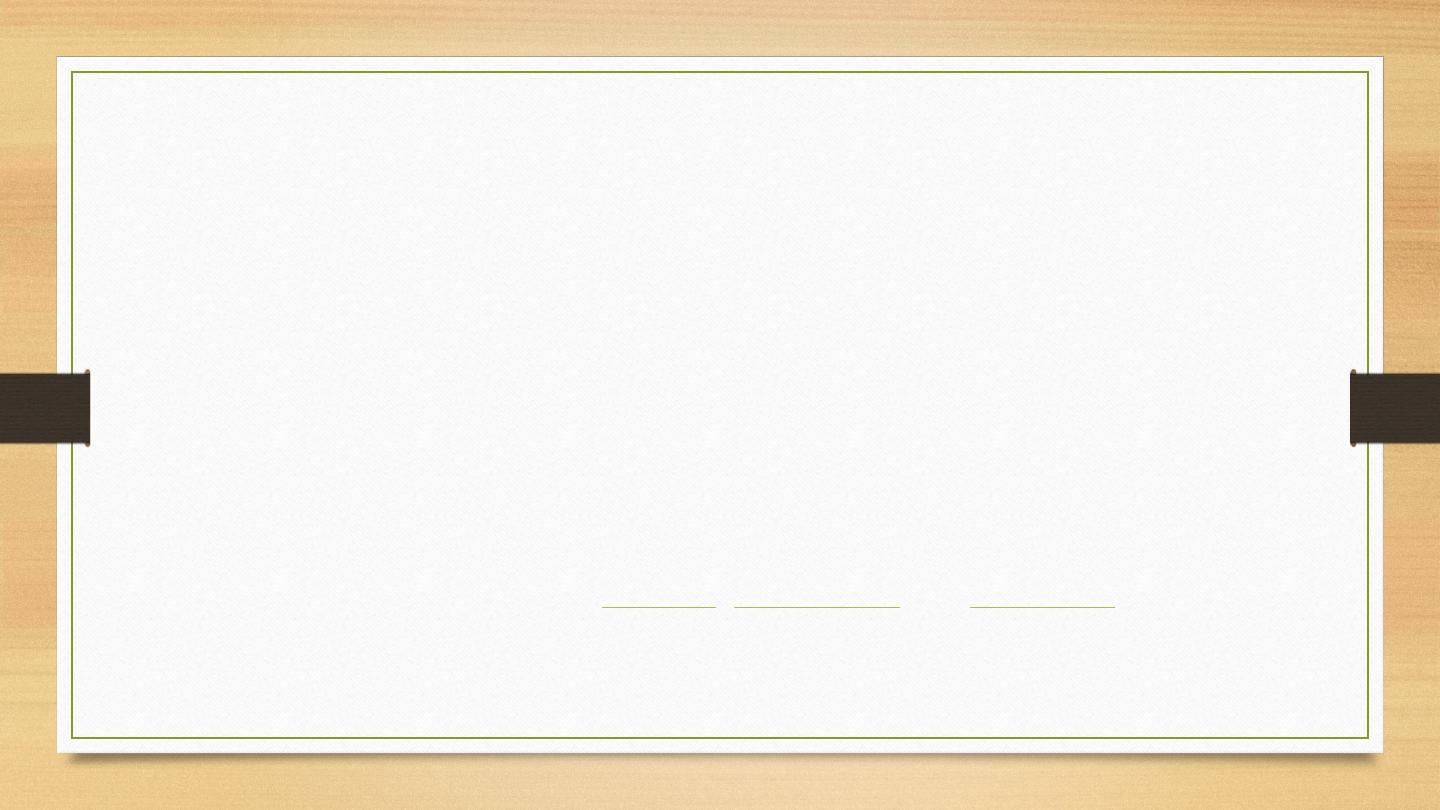
Fast facts on osteoporosis:
•
Osteoporosis affects the structure and strength of bones and makes
fractures more likely, especially in the spine, hip, and wrists.
•
It is most common among females after menopause, but smoking and poor
diet increase the risk.
•
There are often no clear outward symptoms, but weakening of the spine
may lead to a stoop, and there may be bone pain.
•
A special x-ray-based scan, known as DEXA, is used for diagnosis.
•
Treatments include drugs to prevent or slow bone loss, exercise, and dietary
adjustments, including extra
and
.
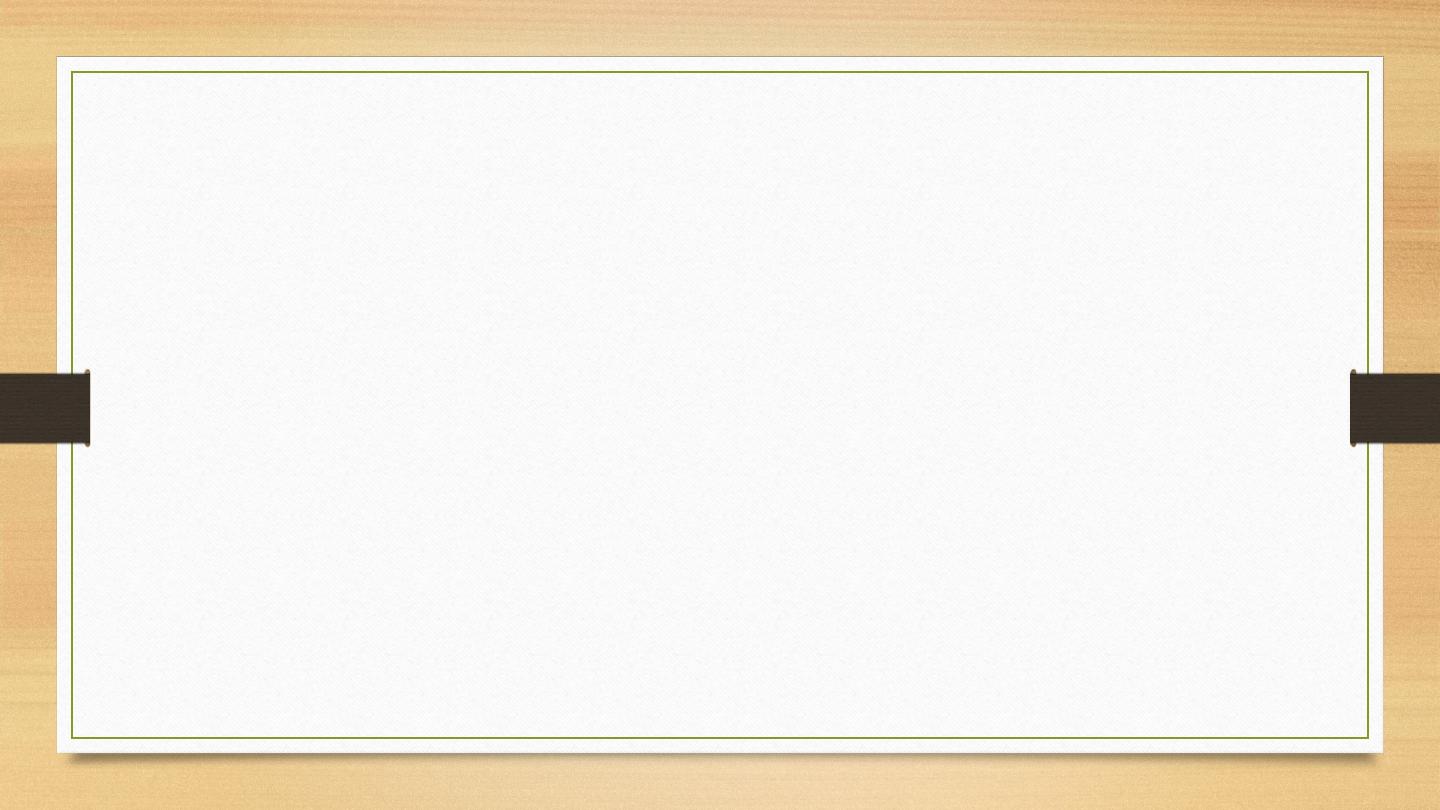
What is osteoporosis?
"Osteoporosis" literally means "porous bones." The bones become weaker, increasing the risk
of fractures, especially in the hip, spinal vertebrae, and wrist. Bone tissue is constantly being
renewed, and new bone replaces old, damaged bone. In this way, the body maintains bone
density and the integrity of its crystals and structure.
Bone density peaks when a person is in their late 20s. After the age of around 35 years, bone
starts to become weaker. As we age, bone breaks down faster than it builds. If this happens
excessively, osteoporosis results.
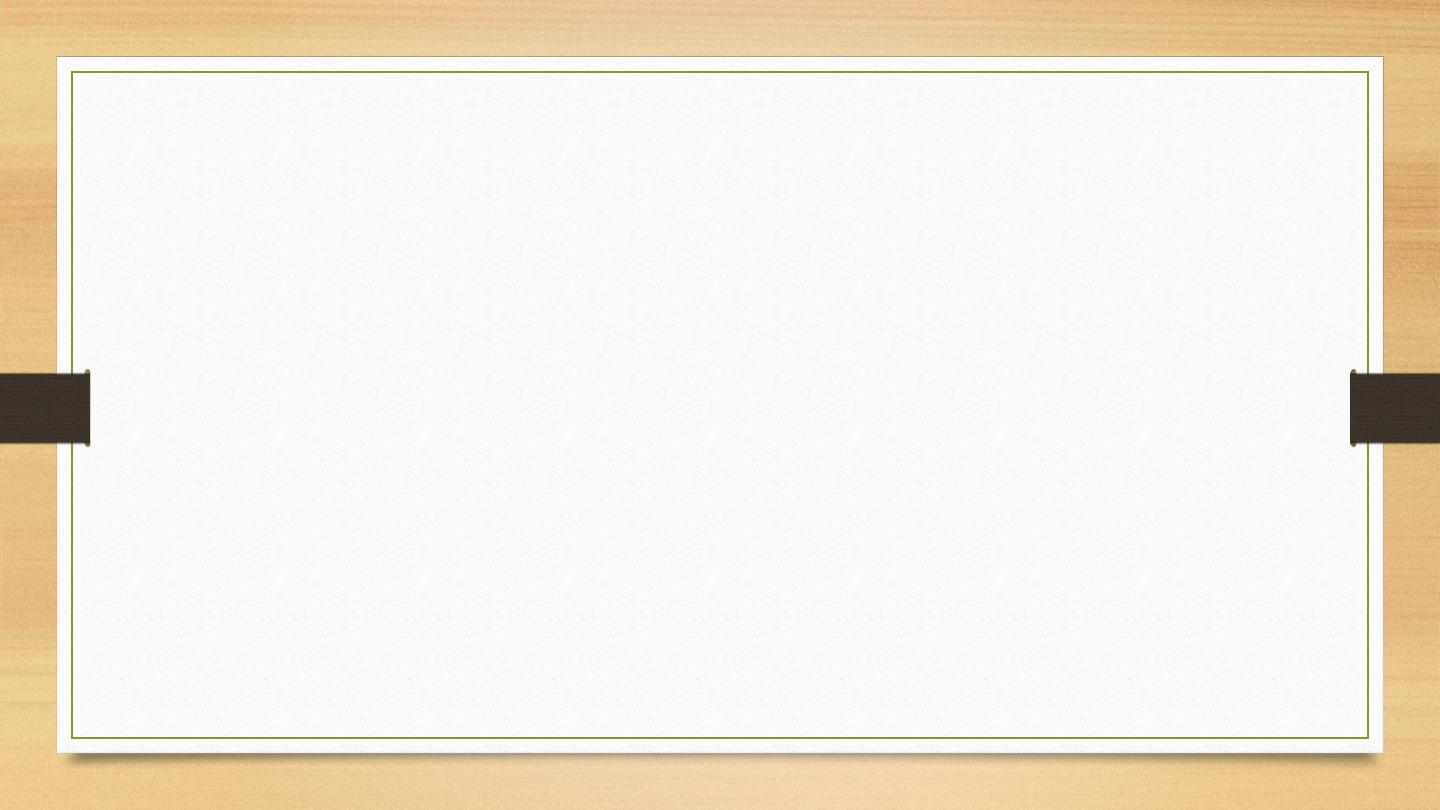
Causes and risk factors:
A number of risk factors for osteoporosis have been identified. Some are
modifiable, but others cannot be avoided.
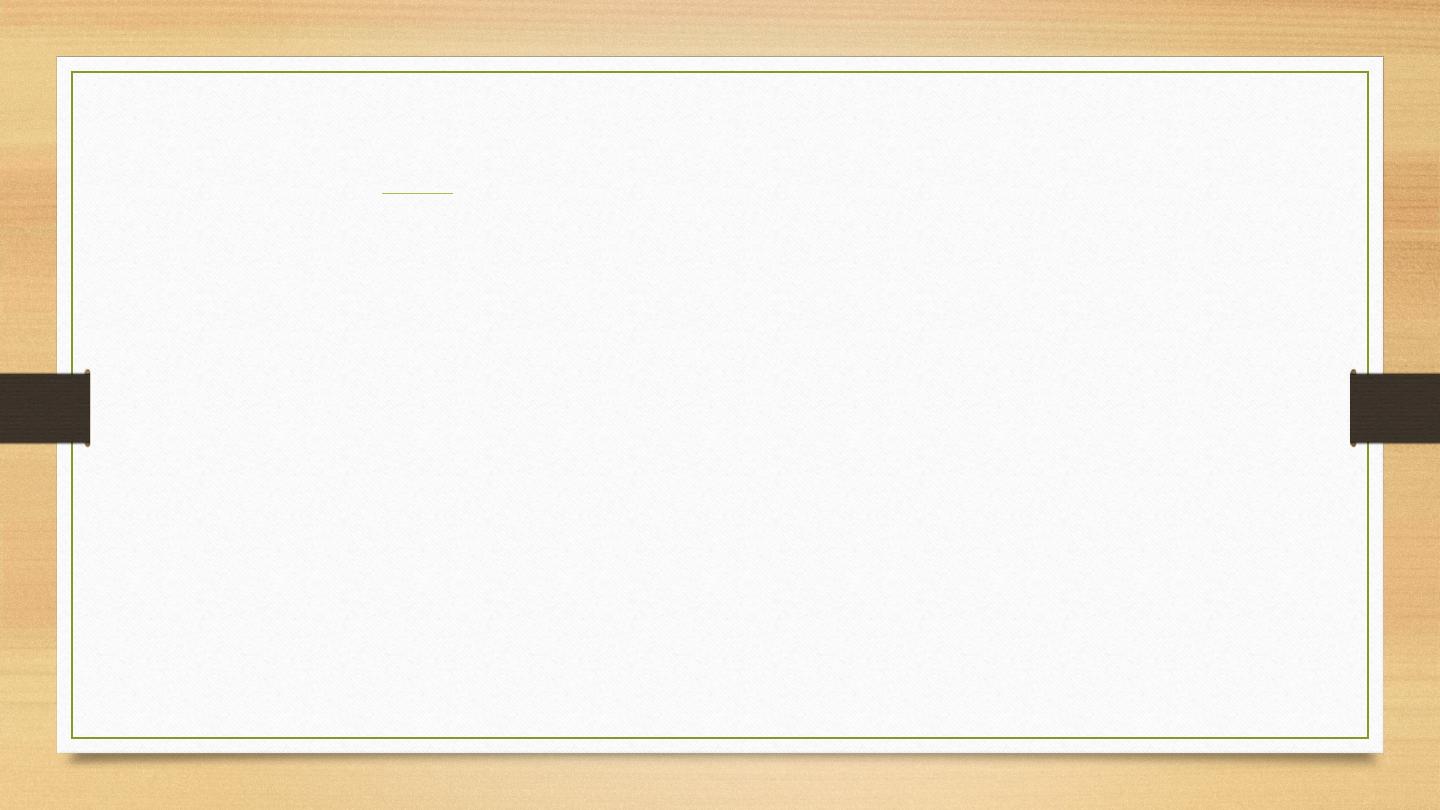
Unavoidable factors:
•
Age: Risk increases after the mid-30s, and especially after menopause.
•
Reduced sex hormones: Lower estrogen levels appear to make it harder for bone to reproduce.
•
Ethnicity: White people and Asians are more susceptible than other ethnic groups.
•
Bone structure: Being tall (over 5 feet 7 inches) or slim (weighing under 125 pounds) increases the risk.
•
Genetic factors: Having a close family member with a diagnosis of hip fracture or osteoporosis makes osteoporosis more
likely.
•
Fracture history: Someone who has previously experienced a fracture during a low-level injury, especially after the age of
50 years, is more likely to receive a diagnosis.
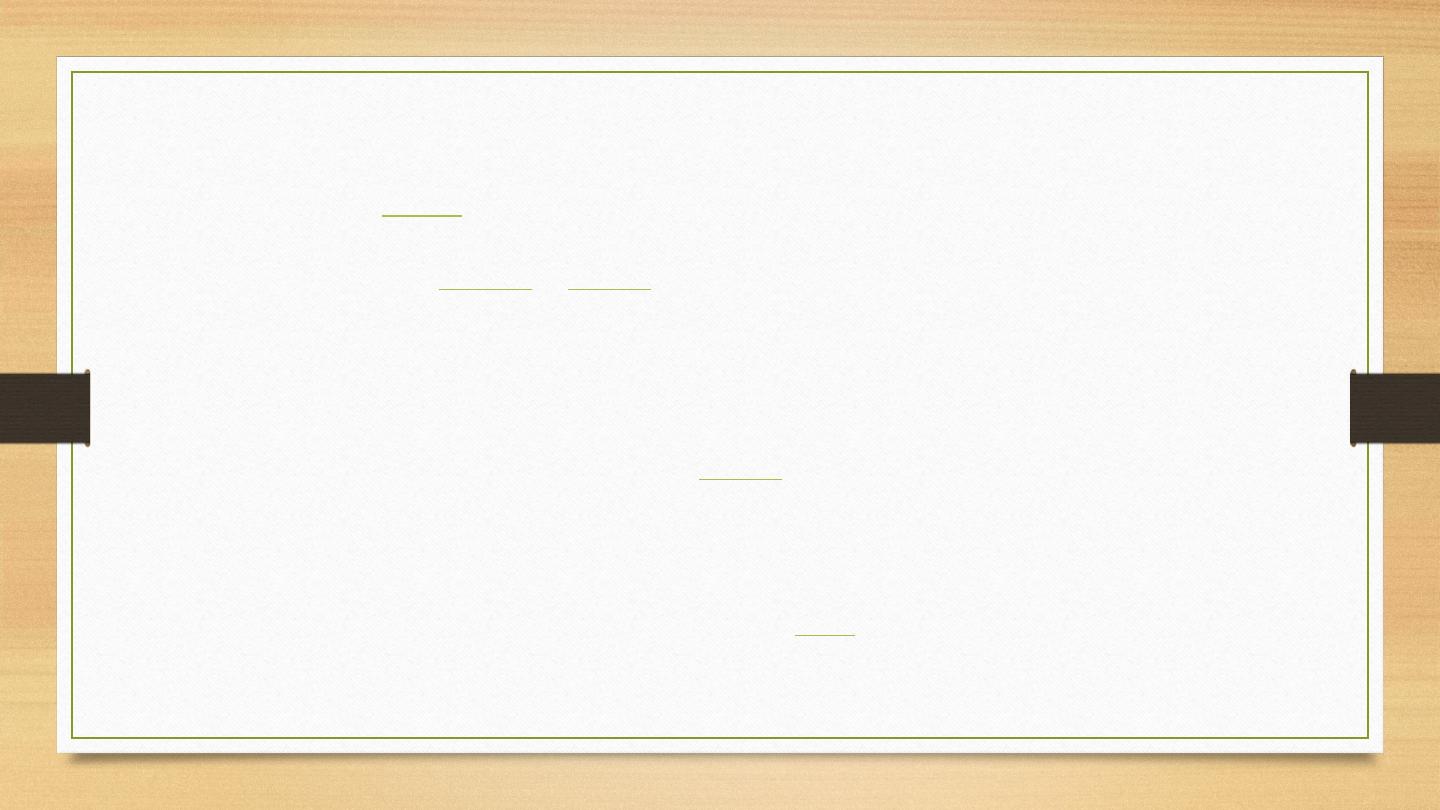
Diet and lifestyle choices:
•
nervosa, or orthorexia
•
tobacco smoking
•
excessive alcohol intake
•
low levels or intake of calcium, magnesium, and
D, due to dietary factors, malabsorption
problems, or the use of some medications
•
inactivity or immobility
Weight-bearing exercise helps prevent osteoporosis. It places
on the bones, and this encourages bone
growth.
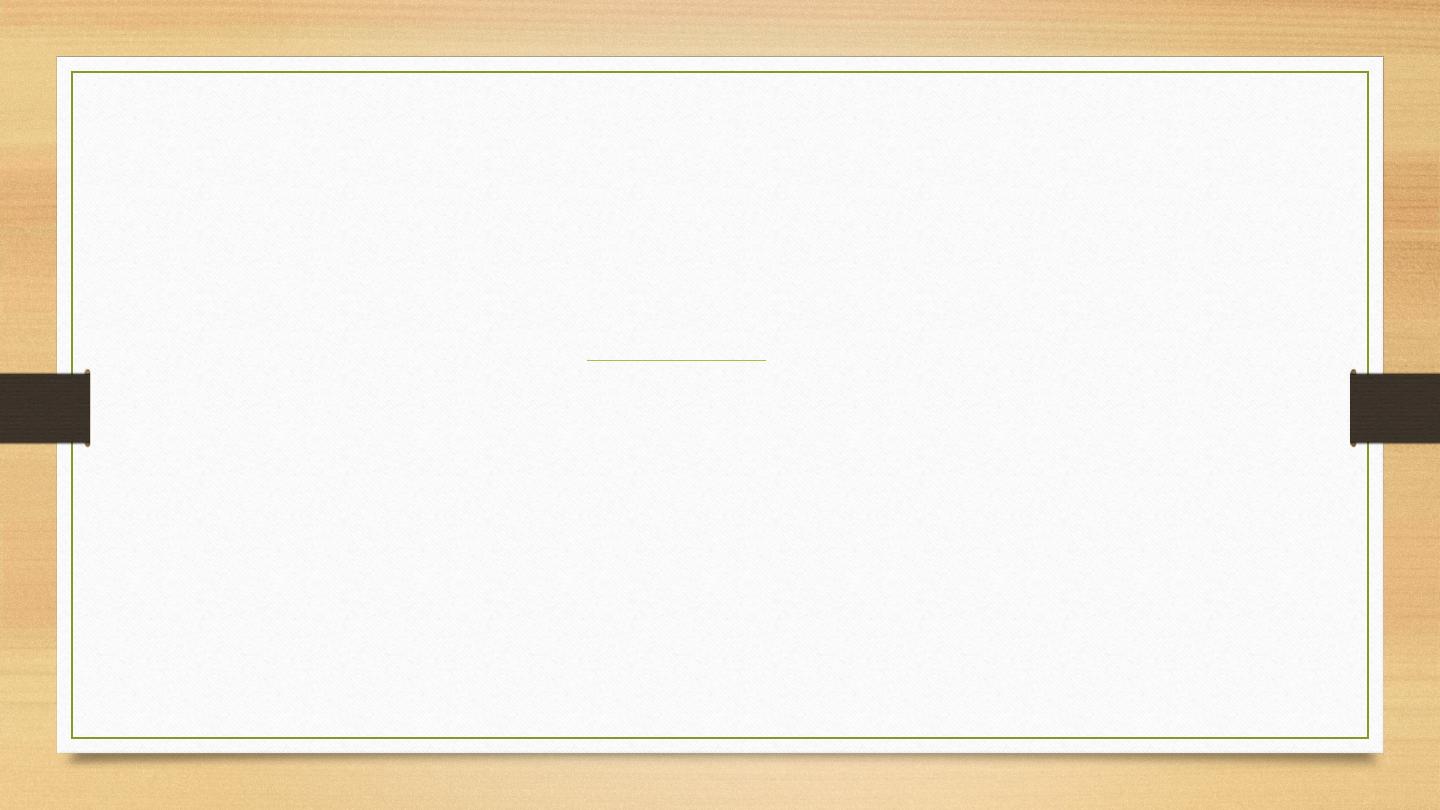
Drugs and health conditions:
Some diseases or medications cause changes in hormone levels, and some drugs reduce bone mass.
Diseases that affect hormone levels include
, hyperparathyroidism, and Cushing's disease.
.
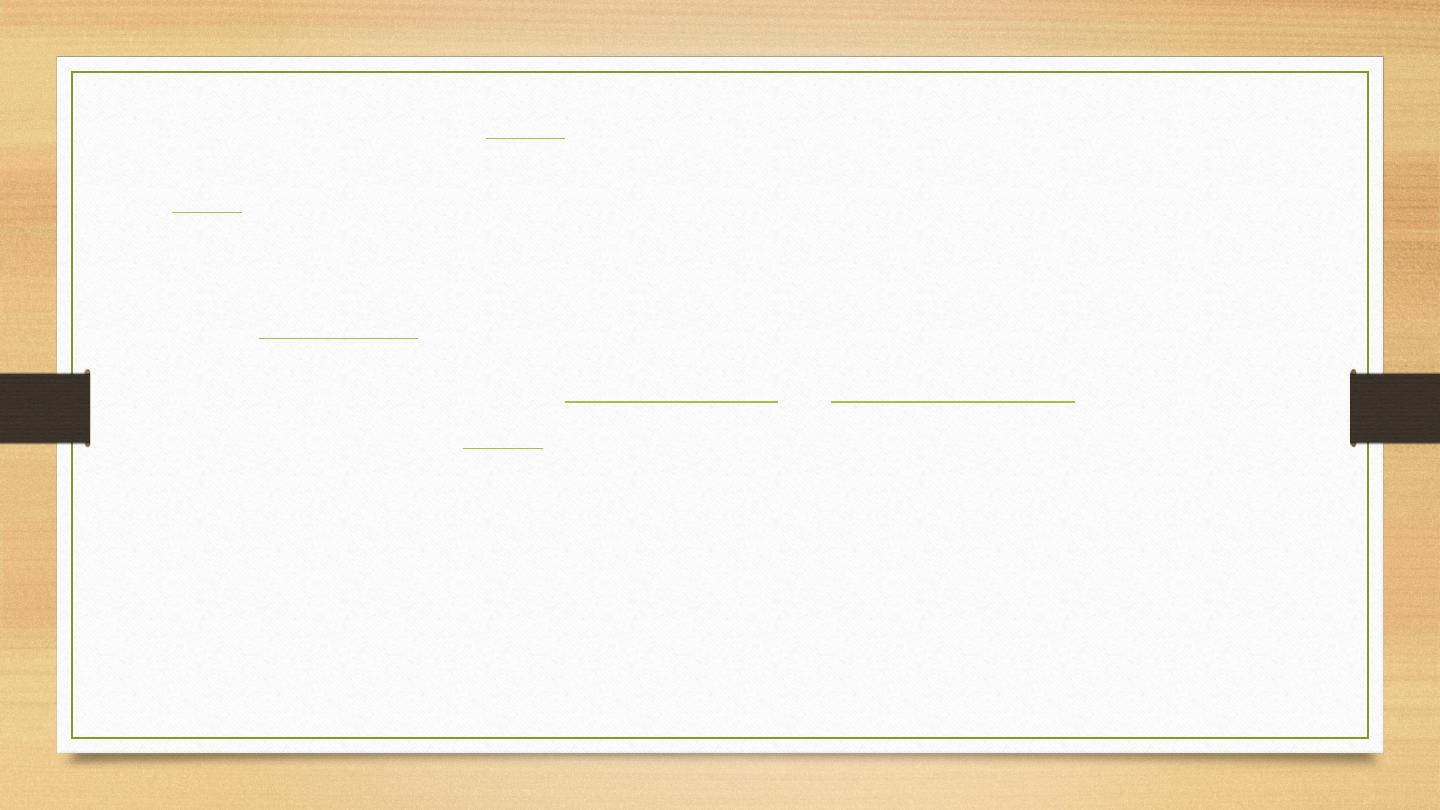
Conditions that increase the risk
:
•
•
COPD
•
•
some autoimmune diseases, such as
and
Medications that raise the risk
•
glucocorticoids and corticosteroids, including prednisone and prednisolone

•
thyroid hormone
•
anticoagulants and blood-thinners, including heparin and warfarin
•
protein-pump inhibitors (PPIs) and other antacids that adversely affect mineral status
•
medications
•
some vitamin A (retinoid) medications
•
•
thiazolidinedione, used to treat
, as these decrease bone formation
•
some immunosuppressant agents, such as cyclosporine, which increase both bone resorption and formation
•
aromatase inhibitors and other treatments that deplete sex hormones, such as anastrozole, or Arimidex
•
some chemotherapeutic agents, including letrozole (Femara), used to treat
, and leuprorelin
and other conditions
Glucocorticoid-induced osteoporosis is the most common type of drug-induced osteoporosis.
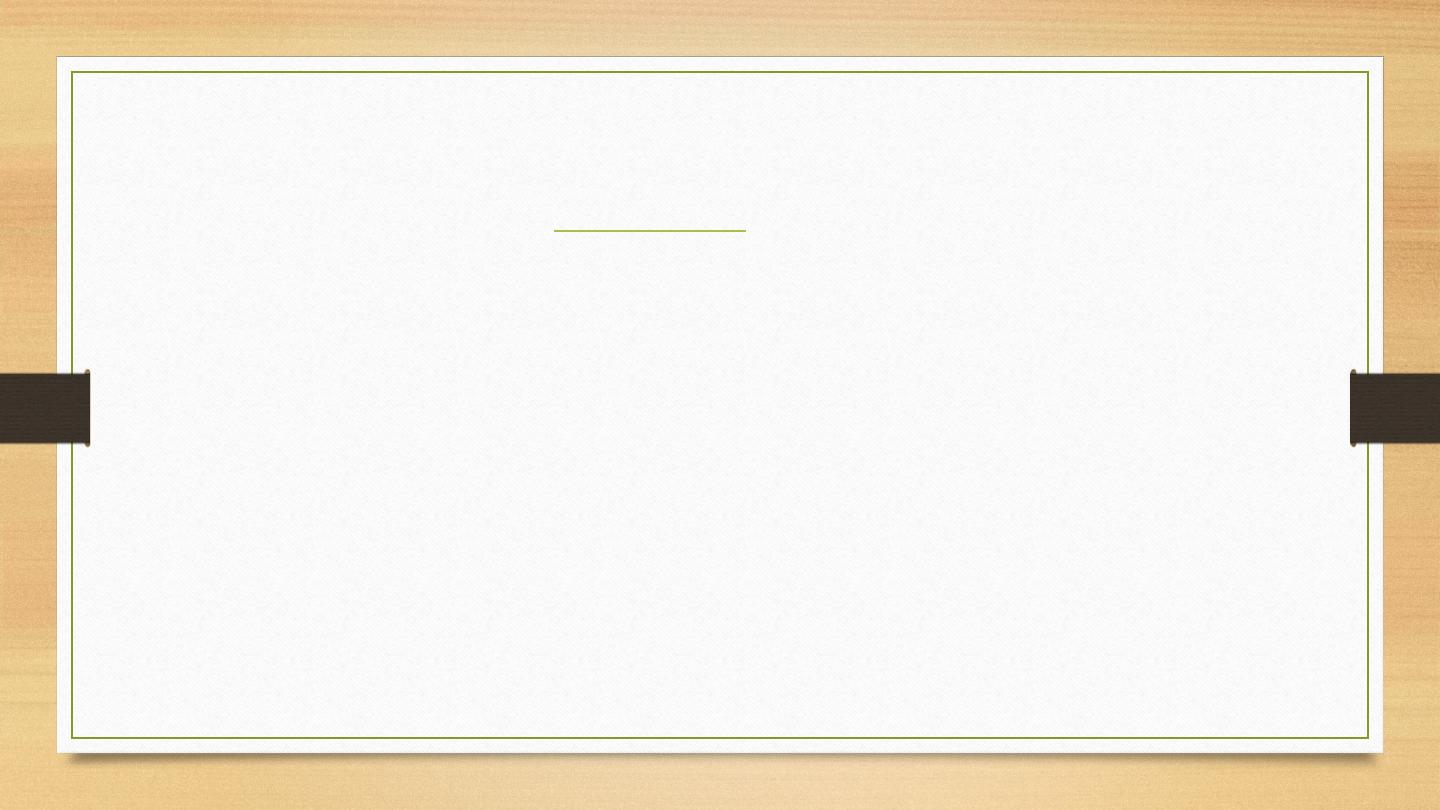
Signs and symptoms:
Bone loss that leads to osteoporosis
. There are often no symptoms or outward
signs, and a person may not know they have it until they experience a fracture after a minor
incident, such as a fall, or even a cough or sneeze.
Commonly affected areas are the hip, a wrist, or spinal vertebrae.
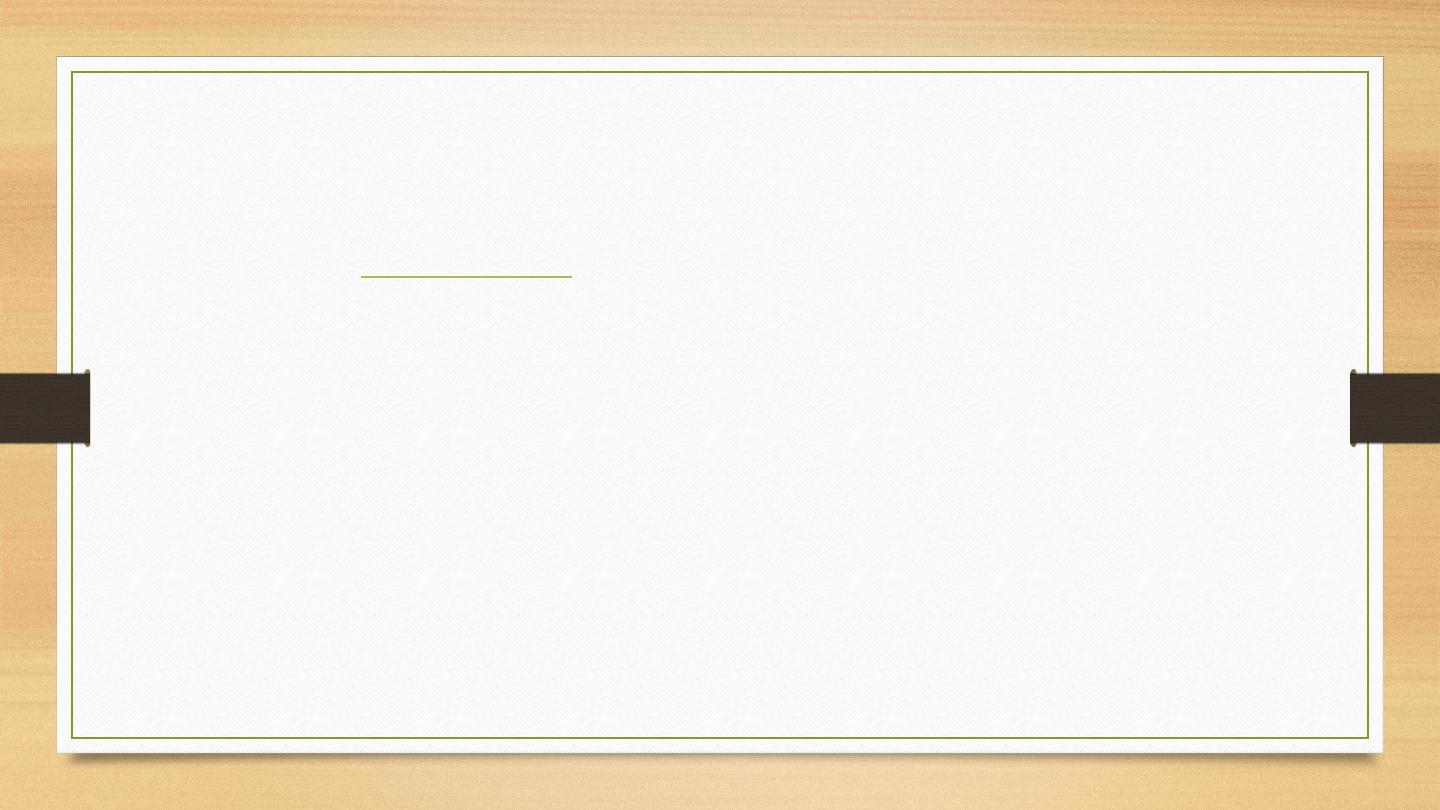
Tests and diagnosis:
A doctor will consider the patient's family history and their risk factors. If they suspect osteoporosis, they will
request a scan, to measure bone mineral density (BMD).
Bone density scanning
technology known as dual-energy X-ray absorptiometry (DEXA) and
bone densitometry.
Combined with the patient's risk factors, DEXA can indicate the likelihood of fractures occurring due to
osteoporosis. It can also help monitor response to treatment.
Two types of device can carry out a DEXA scan:
•
A central device: A hospital-based scan measures hip and spine bone mineral density while the patient lies
on a table.
•
A peripheral device: A mobile machine that tests bone in the wrist, heel, or finger.
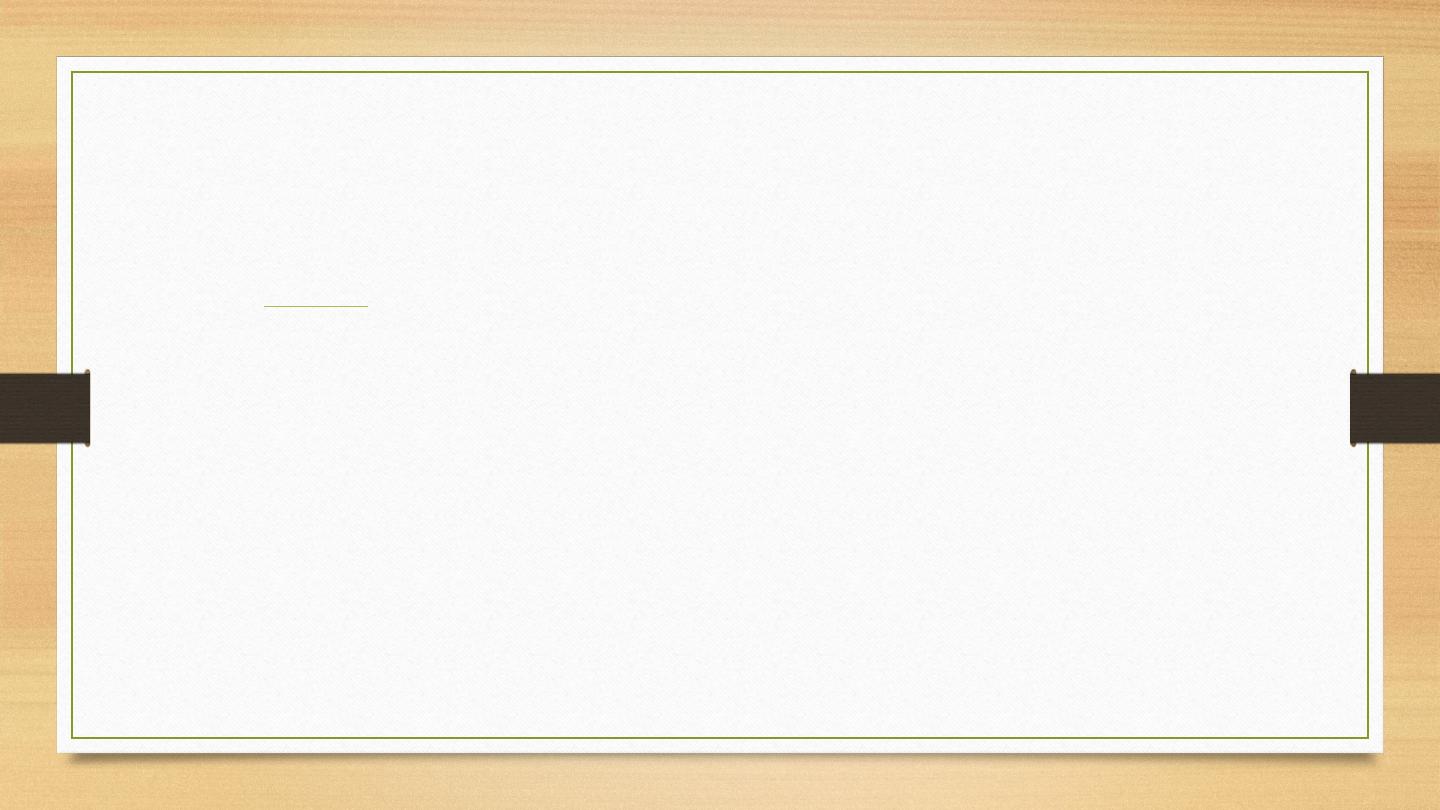
DEXA test results:
The results of the test are given as a DEXA T-score or a Z-score.
the patient's bone mass with peak bone mass of a younger person.
•
-1.0 or above is normal
•
from -1.0 to -2.5 suggests mild bone loss
•
-2.5 or below indicates osteoporosis
The Z-score compares the patient's bone mass with that of other people with similar build and age.
The test is normally repeated every 2 years, as this allows for comparison between results.
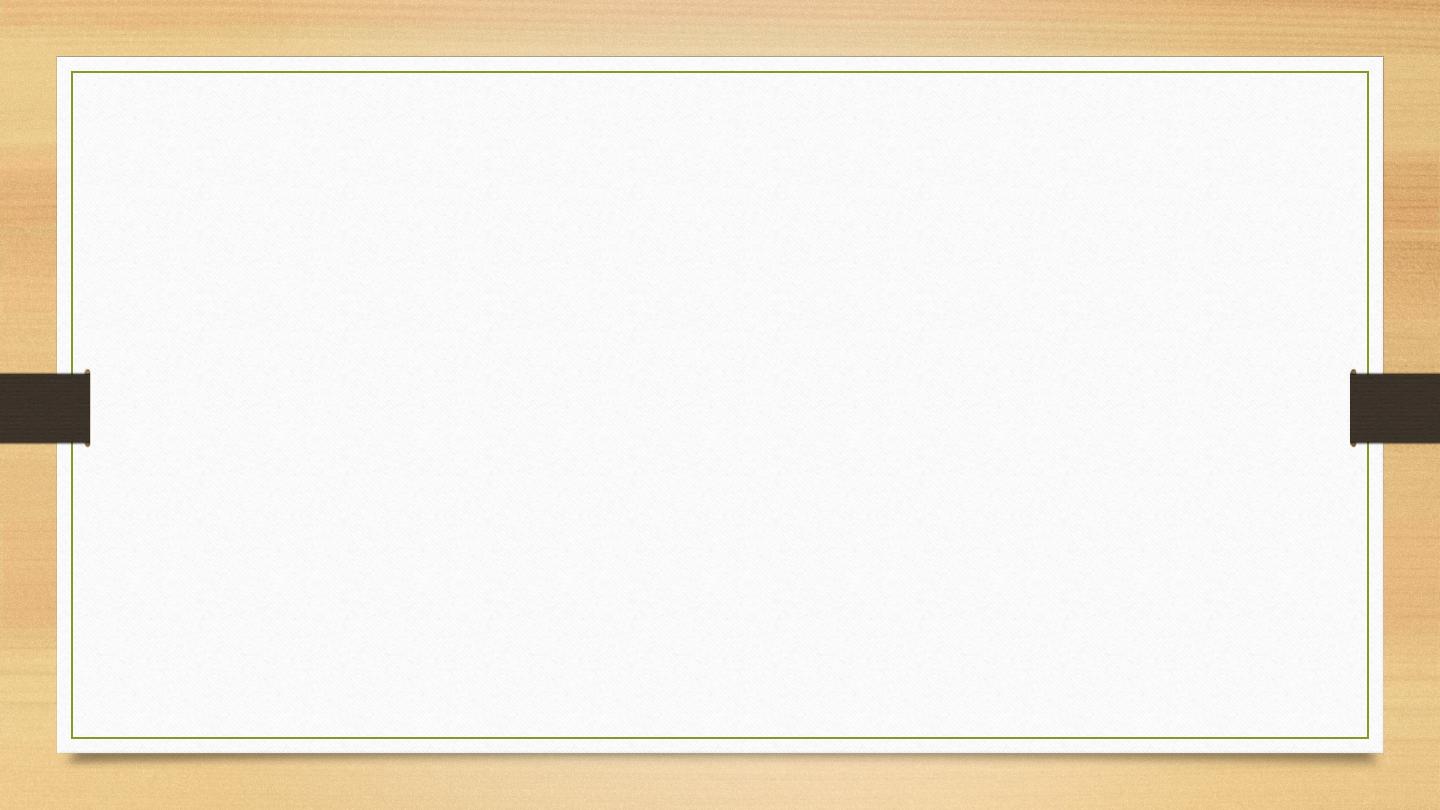
Treatment and prevention:
Treatment aims to:
•
slow or prevent the development of osteoporosis
•
maintain healthy bone mineral density and bone mass
•
prevent fractures
•
reduce pain
•
maximize the person's ability to continue with their daily life
This is done through preventive lifestyle measure and the use of supplements and some drugs.
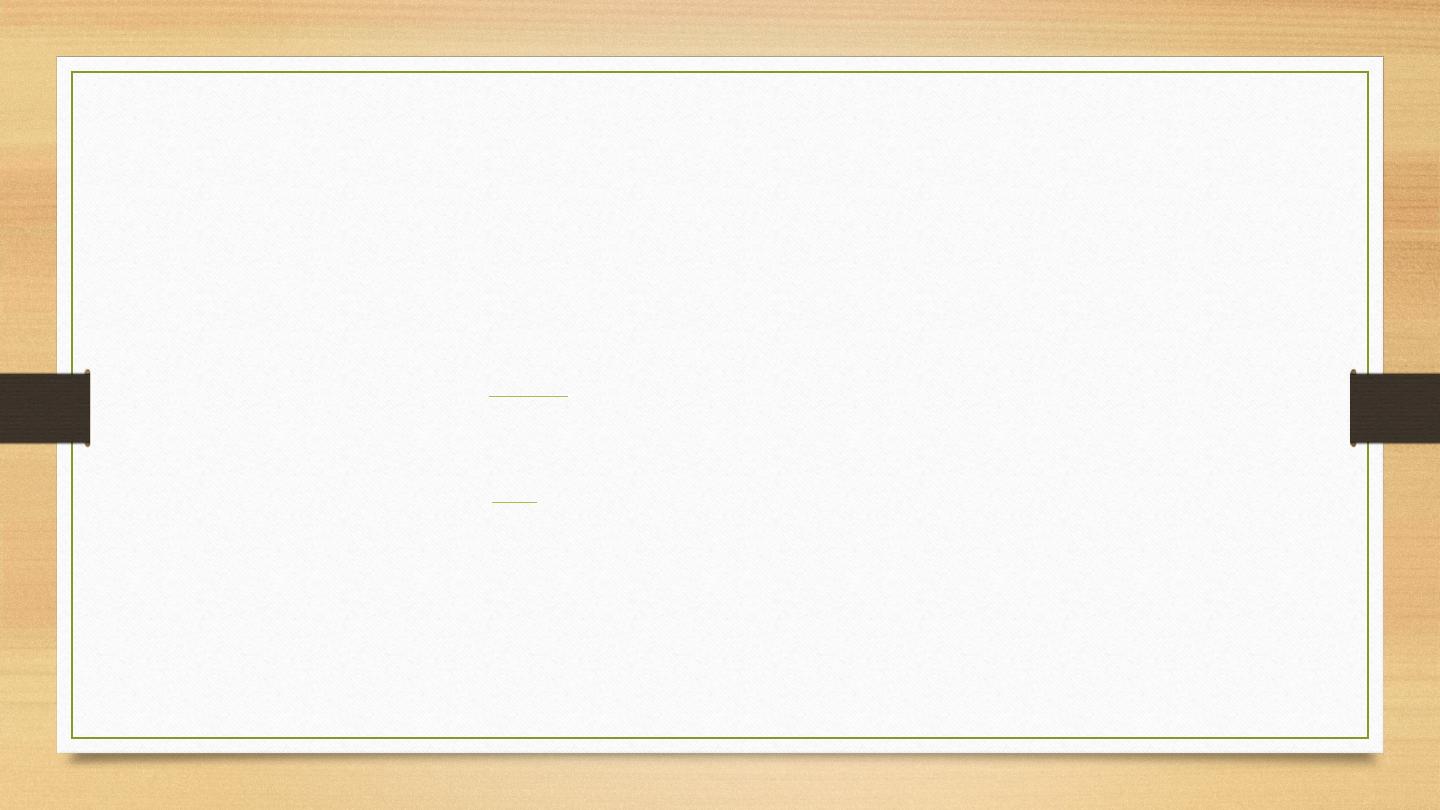
Calcium and vitamin D
Calcium is essential for bones, and ensuring an adequate calcium intake is important.
Adults aged 19 years and above should consume 1,000 milligrams (mg) a day. Women aged 51 years and over,
and all adults from 71 years should have a daily intake of 1,200 mg.
Dietary sources are preferable and
:
•
dairy produce, such as milk, cheese, and yogurt
•
green leafy vegetables, such as
and broccoli
•
fish with soft bones, such as tinned salmon and tuna
•
fortified breakfast cereals
If a person's dietary intake is not enough, supplements are an option.
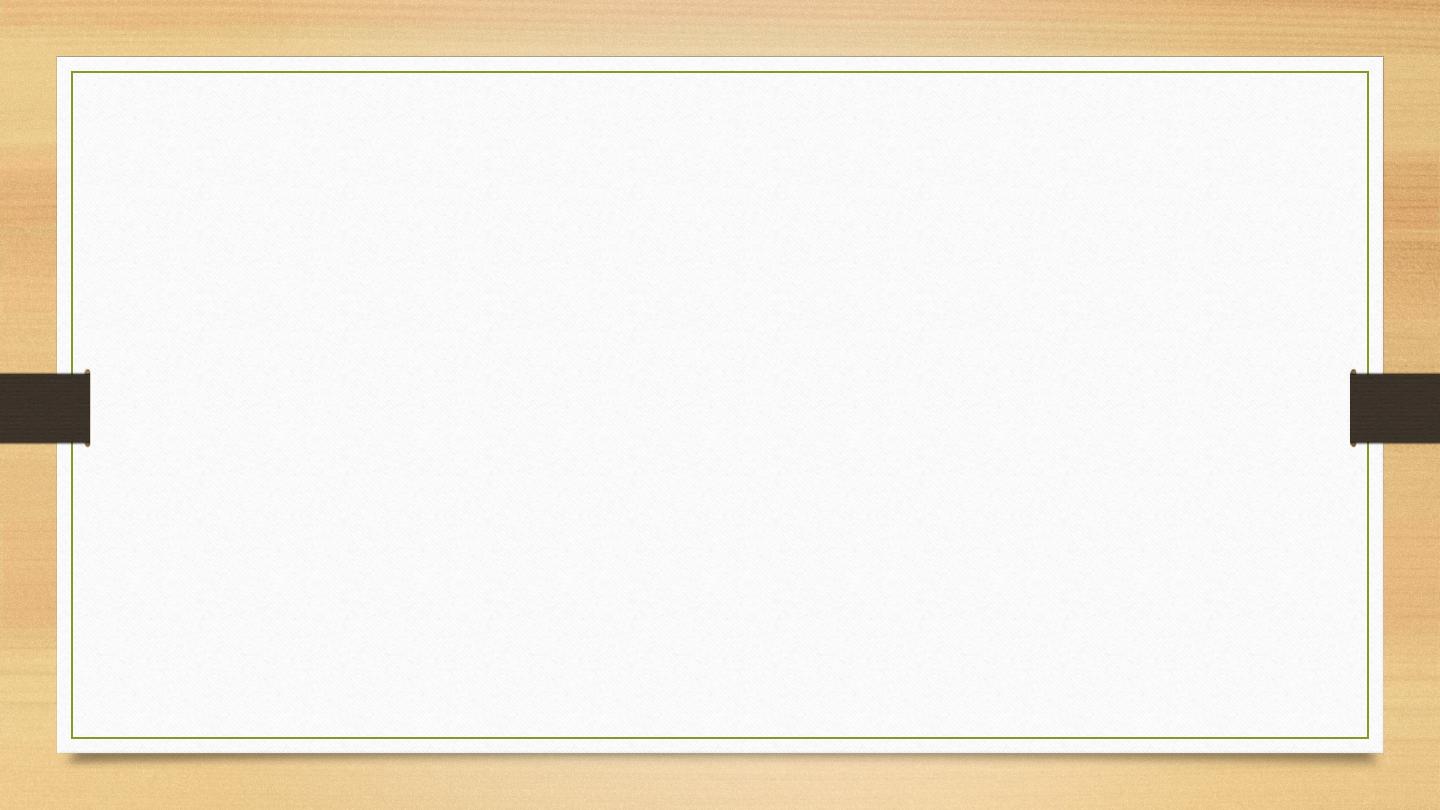
Vitamin D plays a key role, as it helps the body absorb calcium. Dietary sources
include fortified foods, saltwater fish, and liver.
However, most vitamin D does not come from food but from sun exposure, so
moderate, regular exposure to sunlight is recommended.
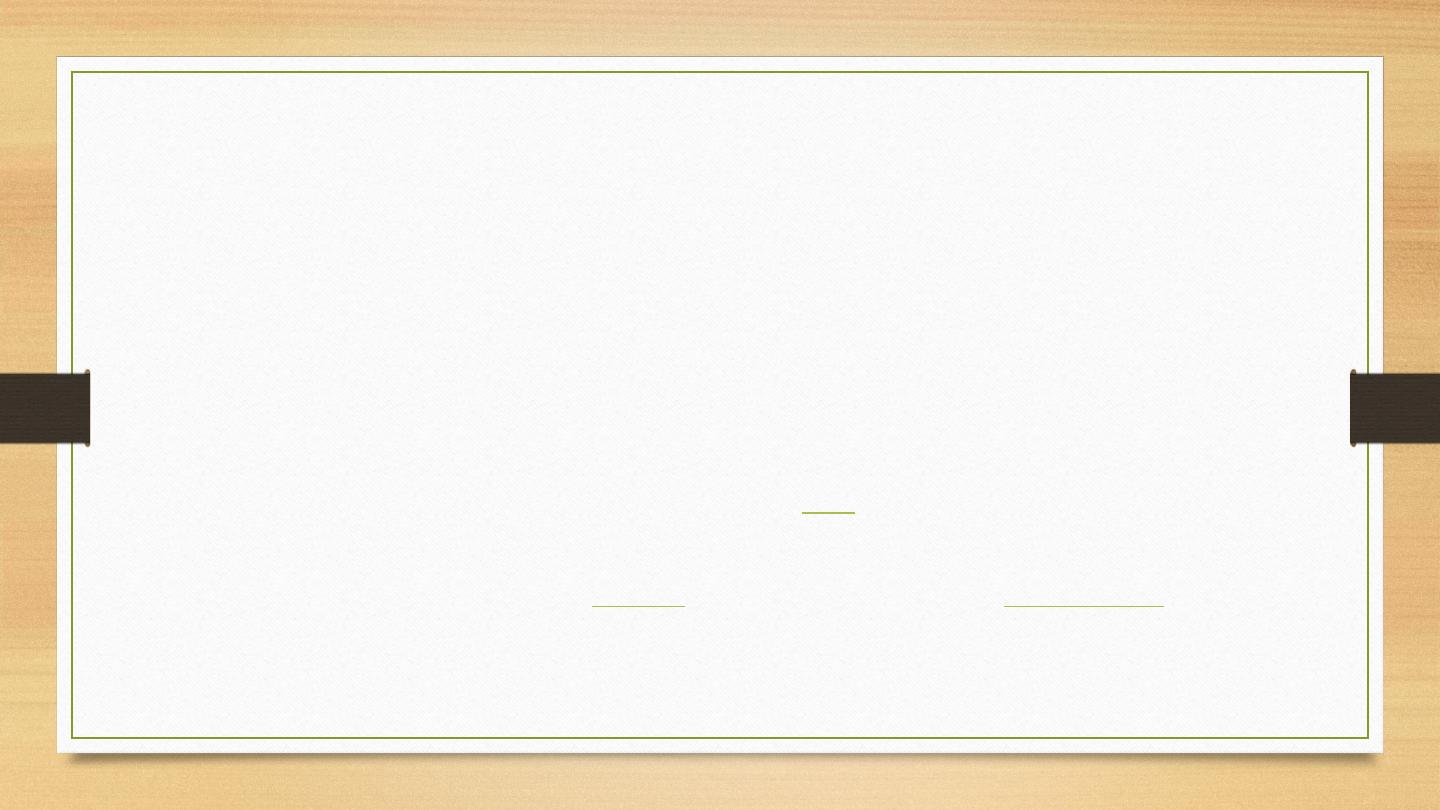
Lifestyle factors for preventing osteoporosis:
Other ways to minimize the risk are:
•
not smoking, as this can reduce the growth of new bone and decrease estrogen levels in women
•
limiting alcohol intake, to encourage healthy bones and prevent falls
•
getting regular weight-bearing exercise, such as walking, as this promotes healthy bone and strengthens
support from muscles
•
doing exercises to promote flexibility and balance, such as
, as these can reduce the risk of falls and
fractures
For people who already have osteoporosis,
, exercise and fall prevention
in reducing
risks and bone loss.
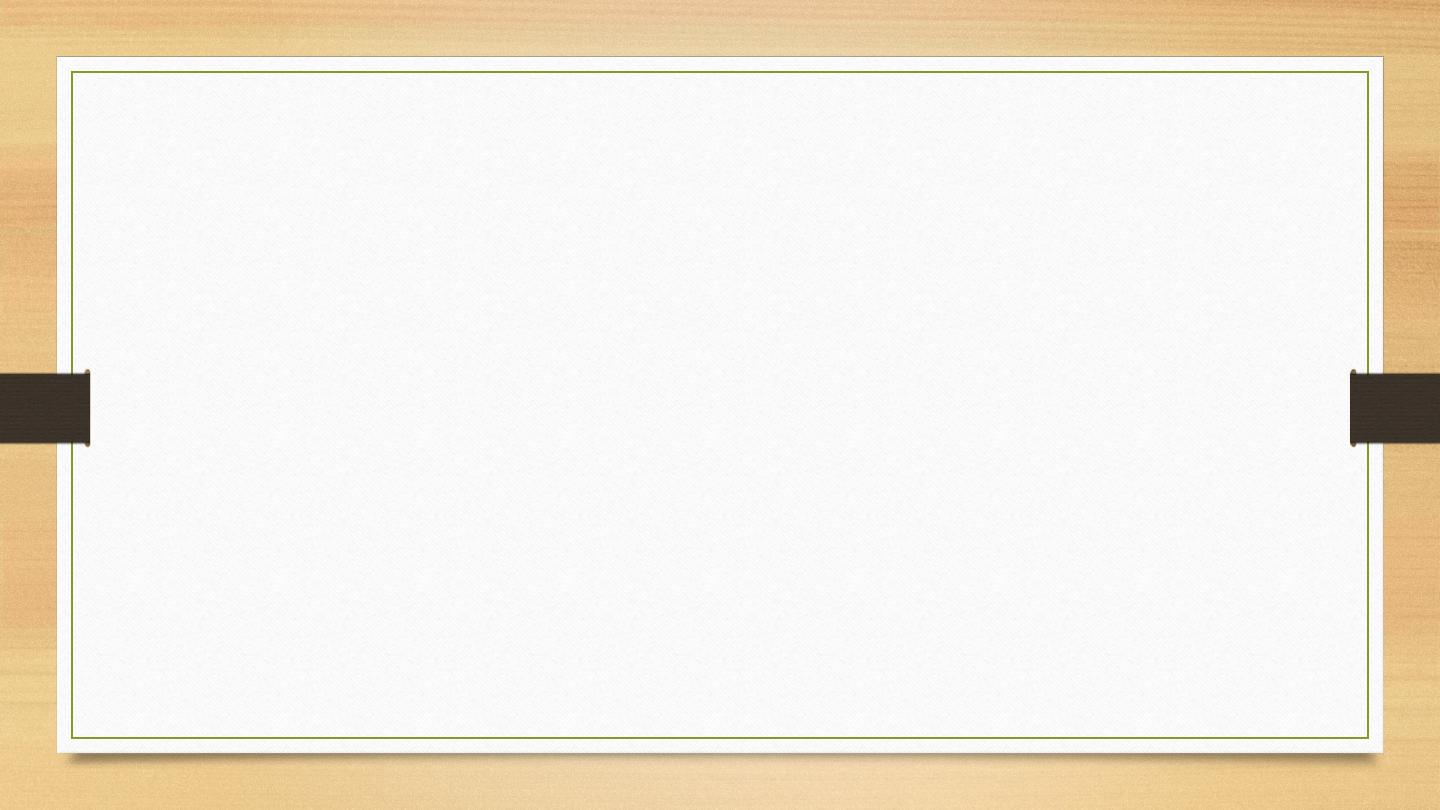
Complications:
As bones become weaker, fractures occur more frequently, and, with age, they take longer to heal.
This can lead to ongoing pain and loss of stature, as bones in the spine begin to collapse. A broken hip can
be hard to recover from, and the person may no longer be able to live independently.
It is important to take action to prevent falls among people with osteoporosis.
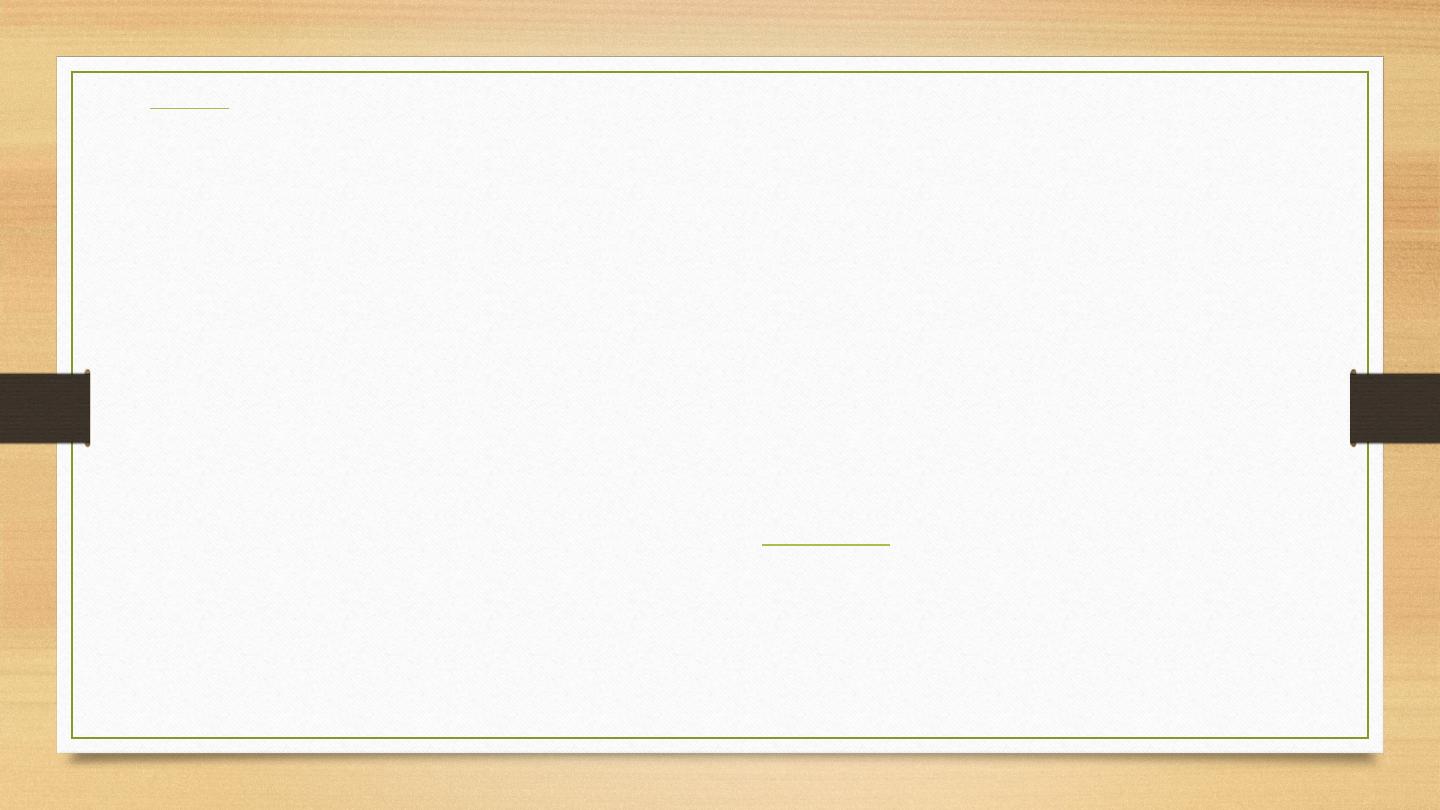
Tips
:
•
removing trip hazards, such as throw rugs and clutter
•
having regular vision screenings and keeping eyewear up to date
•
installing grab bars, for example, in the bathroom
•
ensuring there is plenty of light in the home
•
practicing exercise that helps with balance, such as tai chi
•
asking the doctor to review medications, to reduce the risk of dizziness
The United States Preventive Services Task Force (USPSTF)
screening for all women aged 65 years
and over, and younger women who are at high risk of experiencing a fracture.
Anyone who is concerned that they may be at risk of osteoporosis should ask their doctor about screening
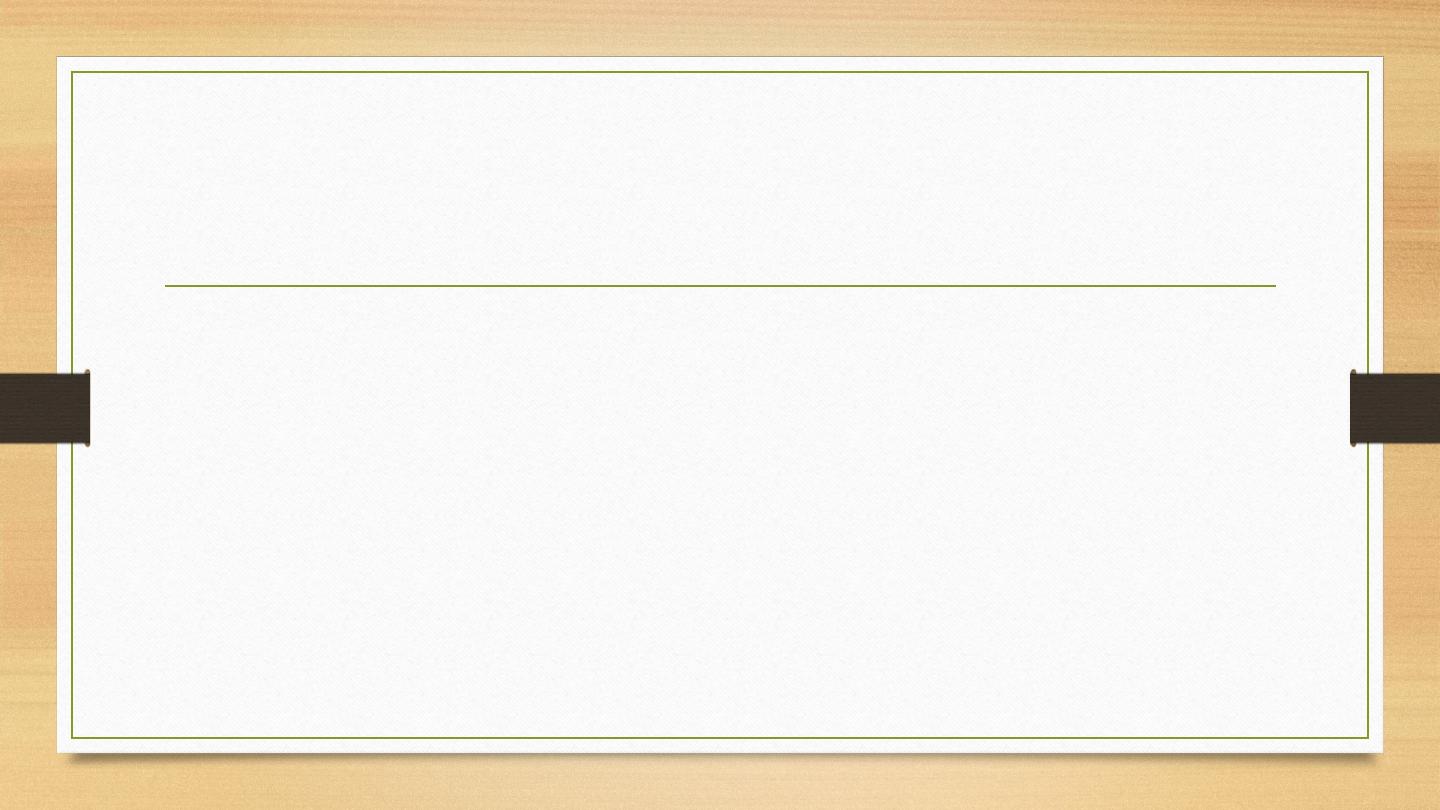
Thank you
